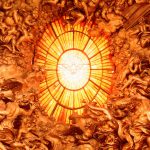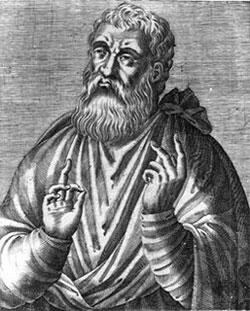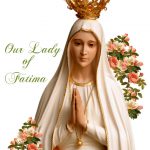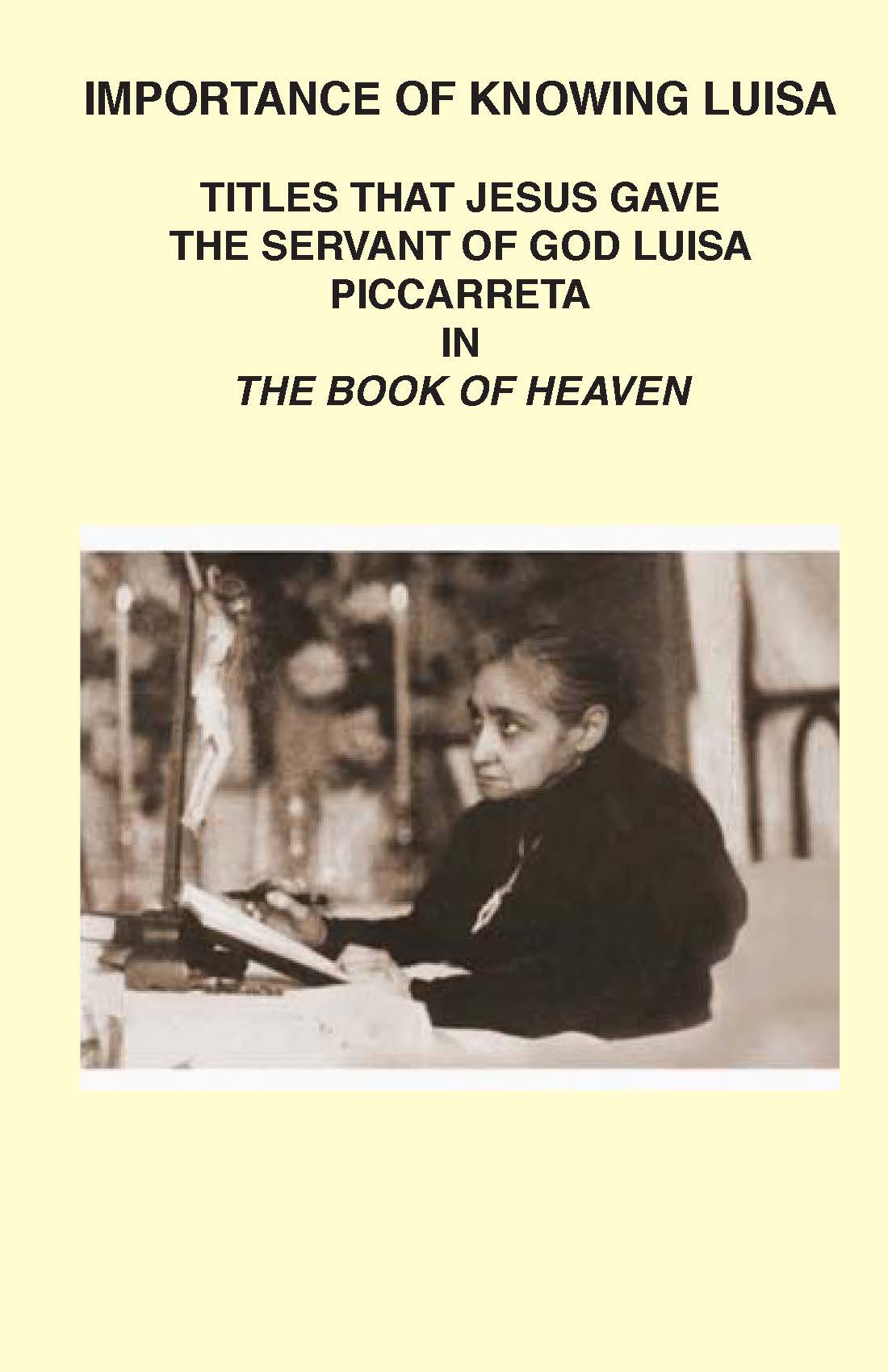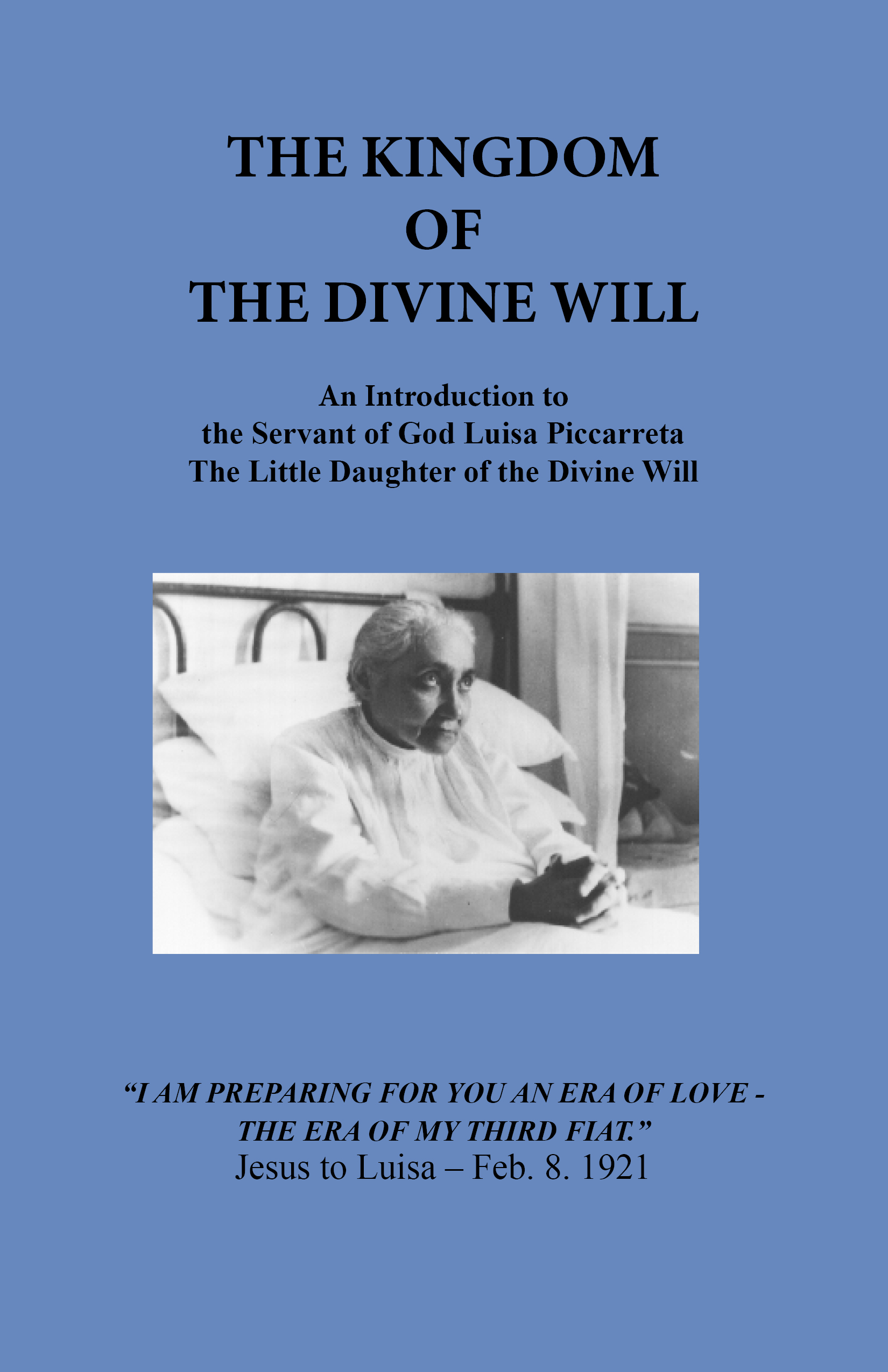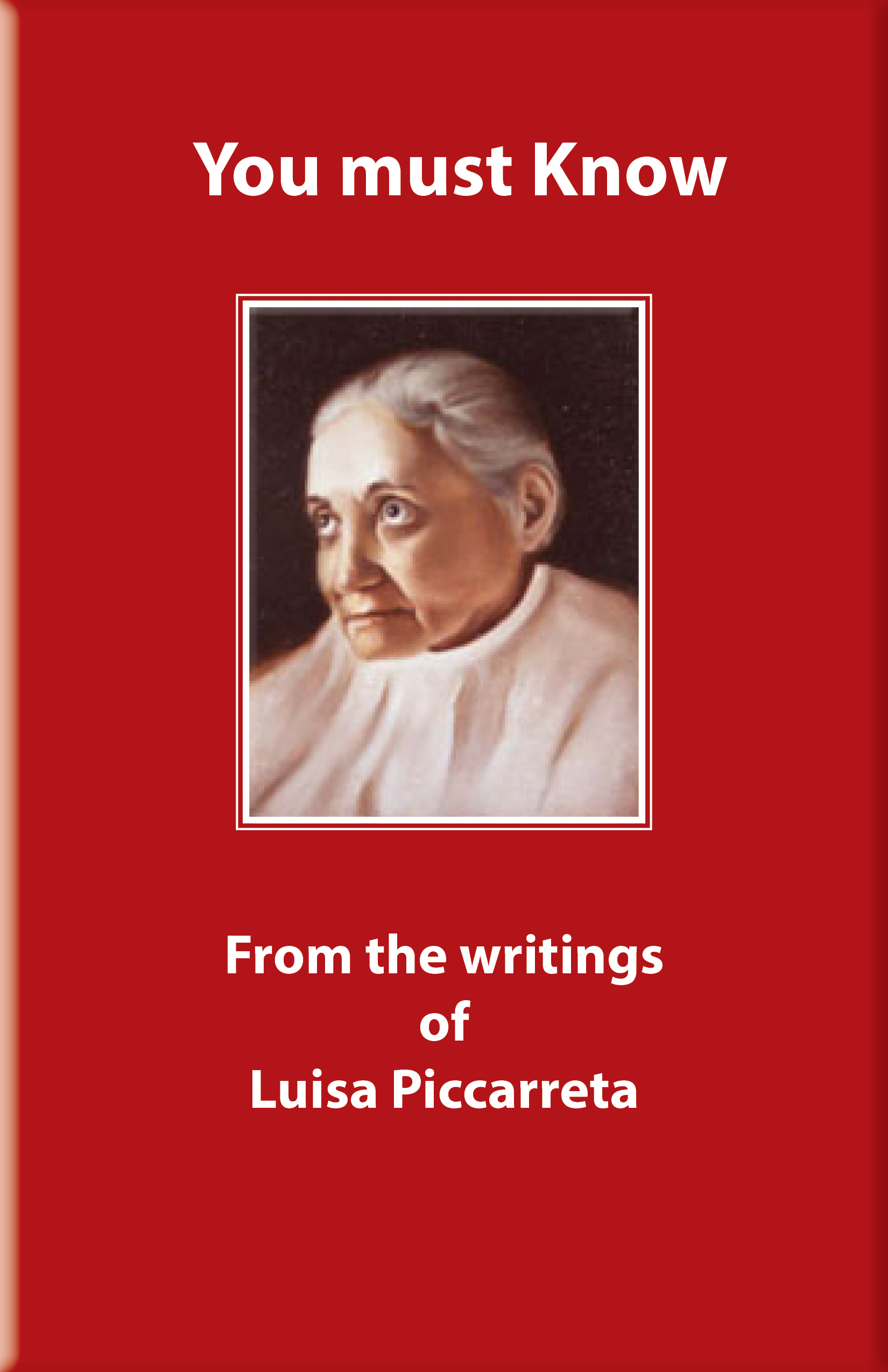The 400-year-old Marian apparition that is particularly relevant today

The little-known apparition of Our Lady of Good Success includes some dire prophecies—but its fundamental message is one of hope, says apologist Matthew Arnold.
The statue of Our Lady of Good Success at the Convent of the Immaculate Conception in Quito, Ecuador.
Southern California apologist Matthew Arnold, author and founder of the Catholic apologetics organization Pro Multis Media, has placed his apostolate under the patronage of Our Lady of Good Success, a little-known apparition of Mary to Mother Mariana de Jesus Torres in Quito, Ecuador in 1594. Arnold, who has hosted radio programs for EWTN and the Radio Maria Network and who is the author of a forthcoming book on traditionalism in the Catholic Church, believes he is called to spread the message of this apparition and encourage devotion to the Blessed Mother under the title of Our Lady of Good Success.
Arnold previously worked in the entertainment industry before converting to the Catholic faith two decades ago. As a new convert he was initially uncomfortable with Marian apparitions, but took an interest in the apparitions at Quito, which were approved by the local bishop in 1611.
“Even though the apparition had occurred 400 years before, she had many interesting things to say about the Church of our day, such as a crisis of faith and morals in the Church and in the world,” Arnold said.
In the interest of spreading the message of Our Lady of Good Success, Arnold makes his presentation on the apparitions free of charge to parishes and other church groups, asking only for travel and lodging expenses. He also has a pamphlet outlining Our Lady’s message at Quito, available for free on his website.
Arnold returned in February from a pilgrimage to Quito, which he organized, and discussed his visit and the apparitions that inspired it with CWR.
CWR: What are the basic facts of the apparition of Our Lady of Good Success, and why is it important in 2017?
Matthew Arnold: In seven apparitions over 40 years beginning in 1594, the Blessed Virgin Mary appeared to Mother Mariana de Jesus Torres of the Convent of the Immaculate Conception in Quito, Ecuador. Our Lady requested a statue be made of her as she appeared to Mother Mariana: holding the infant Jesus in her left arm and a crozier and keys in her right hand.
The presence of the Divine Infant was to remind people how powerful Mary is in bringing people to her son—“To Jesus, through Mary.” The keys and crozier were to symbolize Mary’s role as true and perpetual abbess of the convent.
The statue resides above the abbess’ chair in the upper choir of the convent church, except when it is displayed above the high altar during the months of May and October and during the yearly novena beginning January 24 leading up to her feast day, February 2, which is also the Feast of the Presentation, or Candlemas.
Our Lady also made many prophecies about the colony [Ecuador was under Spanish rule until the 19th century] and the Church, including a worldwide crisis of faith and morals in the Church and society that would begin in the 19th century and extend throughout the 20th century. She warned that there would be an almost total corruption of customs, and more.
However, Mary also offered a solution to the crisis, namely, devotion to her under the title Our Lady of Good Success. She prophesied that this devotion would not begin to become well-known until the end of the 20th century. She promised that precisely when it seems evil has triumphed, “this will mark the arrival of my hour, when I, in a marvelous way, will dethrone the proud and cursed Satan, trampling him under my feet.”
This is a pretty clear reference to Genesis 3:15 and, I believe, the self-same triumph of Mary’s Immaculate Heart promised centuries later at Fatima.
The Ecuadoran apparitions of Our Lady to Mother Mariana have been approved by the local bishop since 1611; the visionary, Mother Mariana, has been named “Servant of God” and the cause for her canonization is on-going; and the convent church was named an archdiocesan Marian sanctuary in 1991, making it an official place of pilgrimage.
CWR: In your years of studying the apparitions of Our Lady of Good Success, what have you learned?
Arnold: The prophecies of Our Lady of Good Success for our times are quite dire and, unfortunately, quite evident. By virtually every measurable standard, the Catholic Church has been in sharp decline almost everywhere in the world for decades, and many of Mary’s grim prophecies for our times are disturbingly accurate. It is common for various websites to concentrate on this sensational aspect.
However, the message of Mary of Good Success is not one of “doom and gloom”! On the contrary, it is a message of great hope and consolation; precisely because Our Lady did not prophesy the end of the world, but a marvelous restoration of what has been lost in the Church and the world.
CWR: Did Our Lady of Good Success make any special requests?
Arnold: Specifically, she asked that Catholics invoke her under the title of Our Lady of Good Success, because devotion to her under this invocation would be a great consolation to the faithful in these difficult times. She also promised her “good success” to all who would help to spread devotion to her under this title.
For more information visit www.matthewarnold.org or www.maryofgoodsuccess.org.


